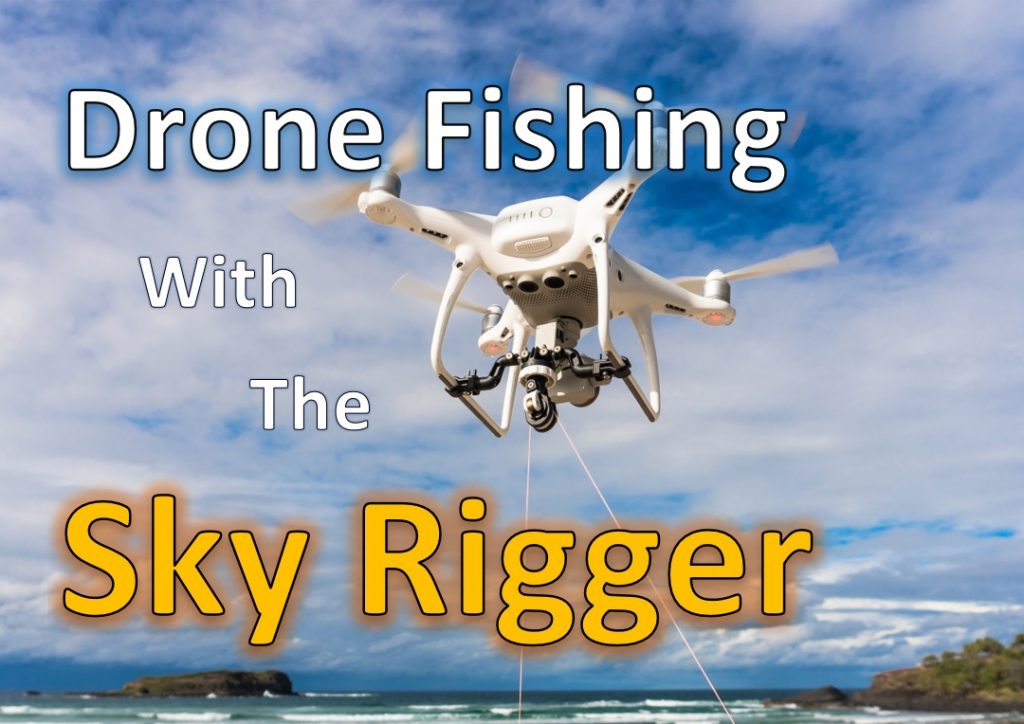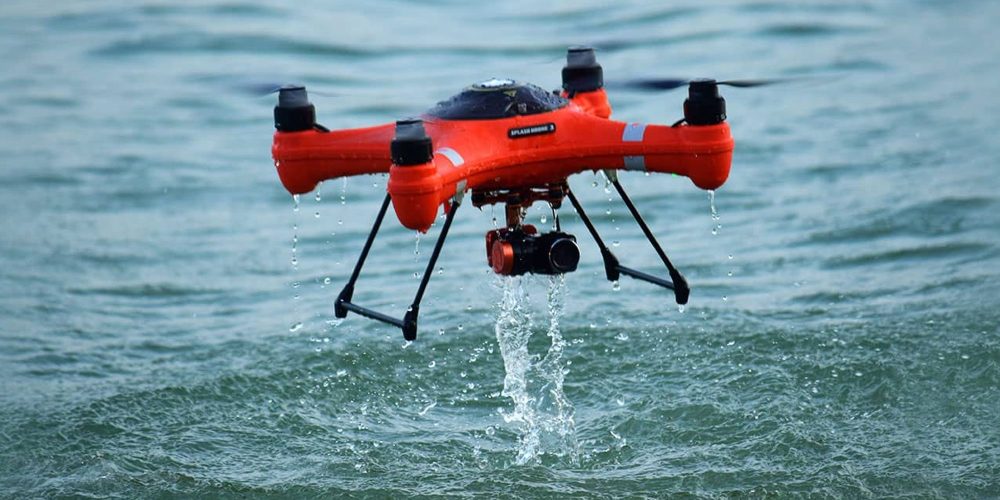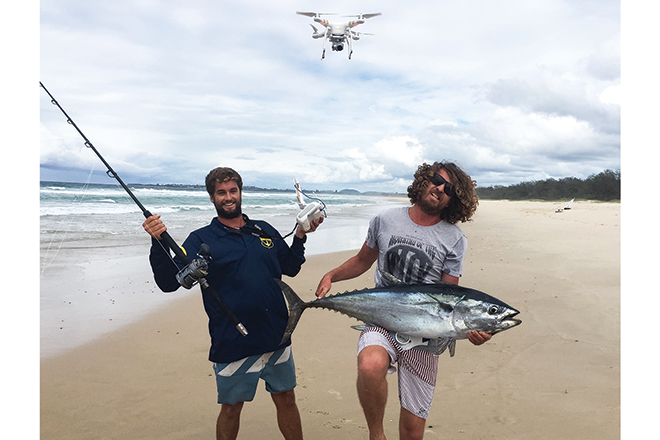
If you are thinking of using a drone to catch fish, it is worth learning more about the regulations. Watch instructional videos about how to fly drones to catch fish. And if you're concerned about drone ethics, read our article on the subject. We will be covering some ethical concerns surrounding the use of drones to fish. You can also check out our drone fishing gear guides.
Regulations applicable to drone fishing
A drone fishing video for tuna may make you wonder about the regulations. Although there are many reasons for following local laws, safety remains the primary concern. In order to safeguard both you and your fish's lives, it is crucial to ensure that the right laws are followed. In this article, we'll discuss some of the most important regulations and ensure you're following them. Also, don't forget about the International Game Fish Association Rules.
Drones can't be flown over public areas, such as stadiums or sporting events. They can't carry weapons or stay within a half-mile of sporting events. Drone operators must also be able to view their aerial equipment at any time. Additionally, drones are not allowed to fly above people, stadiums, and critical infrastructure. So, if you're unsure of what the rules are for using a drone to fish, check with your local law enforcement agency and consult with an attorney.

Although many states have already passed laws governing drone use, others are yet to do so. Recently, SB 2167 was passed in Illinois. The bill prohibits drones being used in state parks without permission. It also provides privacy rights as well as outlines the rules and regulations for recreational and commercial drone owners. It also prohibits drones interfering in hunting and other wildlife. These new laws are expected in a few decades.
Drone fishing: Ethical concerns
Drone fishing is controversial and not without controversy. There are companies that sell underwater drones capable of fishing for fish. Many drones have video content that shows the fishing process. It is very similar to casting a line at a fish. However, the process of getting a fish out from the water is quite different. Those who are ethically concerned about this type of fishing may want to look elsewhere for their entertainment.
There are many benefits to drones being used for fishing. However, some fishermen feel that drones may be cheating them. Fishing has not changed much over the centuries, but using drones to catch fish might change that and decrease the thrill of the chase. A drone's use can pose problems for conservation. Here are some ethical concerns to consider before using a drone in fishing.

First, drone fishing may not be the best option. It can damage the environment, and overfish endangered species. Some states allow drones to be used for recreational fishing. Others do not. Drone fishing is not without its limitations. Low-end drones may not be equipped with the necessary GPS functionality, lifting capability, or control range. Drone fishing can also lead to fish loss if there are line tangles. There are also issues with piloting.
FAQ
What laws govern flying drones in the United States?
In the United States, the Federal Aviation Administration (FAA) regulates all aspects of drone operations. The FAA must issue a certificate before you can commercially operate a drone. First, you need to take a course about piloting and pass an exam. Finally, you must pay a fee to the agency.
Is it illegal for a drone to be flown?
Yes, flying drones is illegal in some countries such as Australia, Canada, Germany, Japan, New Zealand, Singapore, South Korea, the United Kingdom, and the United States. It is however legal in many other countries such as France.
What is the difference between a quadcopter and a hexacopter?
A quadcopter is an four-rotor helicopter which flies in the same manner as a conventional helicopter. It has four rotating rotors. The quadcopter's quadcopter counterpart, the hexacopter, has six instead of four. Hexacopters have more stability and maneuverability than quadcopters.
How can I keep drones away?
Drones have become increasingly popular for home surveillance. But they also pose a security threat to privacy. To avoid drone attacks, install motion sensors around the property. They will detect any unapproved flying objects.
Which drone is best for beginners?
The DJI Phantom 2 Vision+ beginner drone is very popular today. This drone comes with a 4K camera which can be used to take aerial photos and videos. Its GPS system makes it easy to navigate the drone.
Statistics
- According to the multiple listing service (MLS), houses and apartments with drone photographs are up to 68 percent more likely to sell than those without pictures. (thedroneu.com)
- According to Indeed, a drone pilot gets paid $25.73 per hour on average in the US. (dronesgator.com)
- With the top 10% making over $100/h and the bottom 10% making as low as $10/h. (dronesgator.com)
External Links
How To
How to Fly Drones for Beginners
A drone is a remotely-controlled aircraft that is used for aerial photography and surveillance. Drones are a technology that has been around since World War II. DJI's Phantom series of quadcopters was the first to be commercially used. There have been many types of drones since then, including beginner-friendly drones like the Parrot AR Drone 2.0 and professional-grade multi-rotor crafts like the DJI Mavic Pro.
You can fly a drone in many different ways, including:
-
Remote control – This is when you attach a device to your hand that allows you to control the drone's flight path. There are two types of controllers available: joysticks and on/off switches.
-
Manual Control – This method lets users remotely control the drone by using a smartphone app. The app will give you instructions.
-
Autonomous Flying - This allows the drone to take over all of the piloting duties. It is basically flying autonomously and without human intervention. A drone must have a builtin camera and sensors capable to capture images and other data.
-
Triggered Flying - This method works in the same way as manual control. However, the pilot has to manually set up a route for the drone and it follows that route until reaching the endpoint. After the preprogrammed route is complete, the drone will automatically land and return to its base.
-
Landing Gear- Some drones include landing gear that allows for safe landing if the power goes out or they run out of batteries.
-
Goggles – Pilots often wear goggles while flying to keep themselves safe from any debris.
-
Camera – Some drones have cameras, which allow you to take photos or videos from up high.
-
Obstacles. Some drones can have obstacle avoidance technology that stops them from hitting obstacles.
-
Speed - Some drones reach speeds exceeding 40 mph.
-
Battery Life - Most drones last between 20 and 3 hours depending on how much power they have.
-
Some drones have a range of up to 30 miles, depending on their model.
-
Power source – Some drones require external power sources, others require internal batteries.
-
Weight – Some drones are less than one pound, while other models can be up to four pounds.
-
Size - Drones range from small devices that fit in one's palm to large crafts that weigh more than 50 pounds.
-
Price - Drones come in a variety of price categories, including high-end models which can run into the thousands and low-cost options that can start at $100.